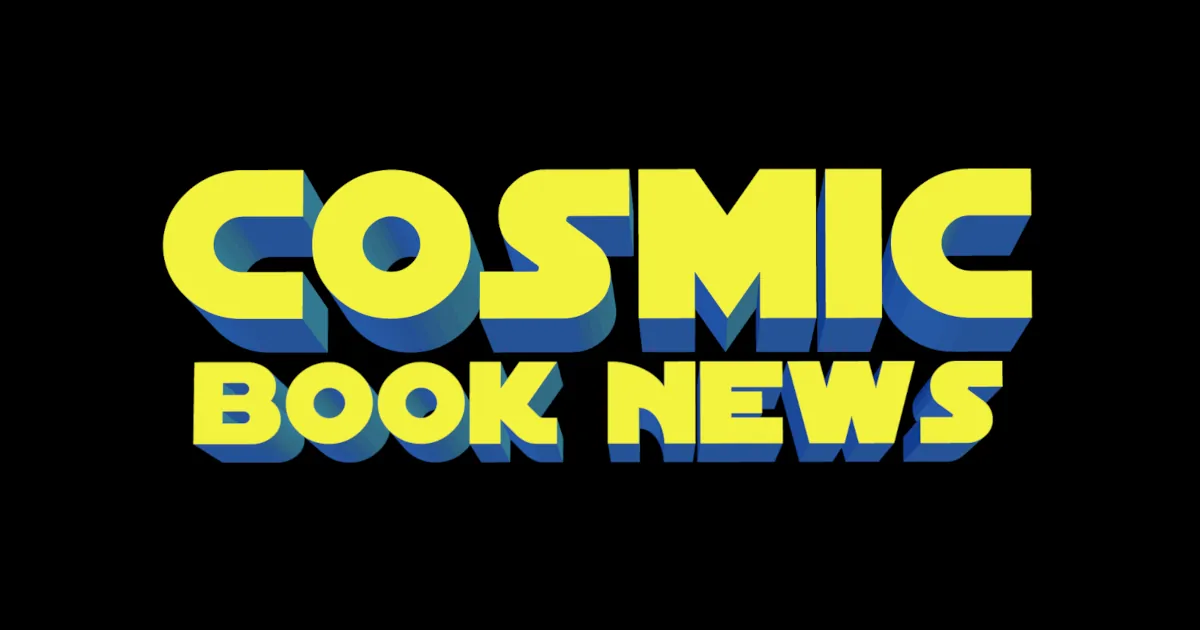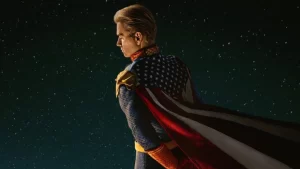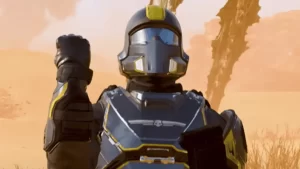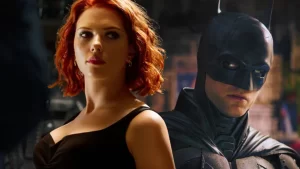The Universal Human Experience
A Film Review of Cloud Atlas
By: Lawrence Napoli
What does it mean to be human? Every person in history has struggled with this question in some way shape or form. What links us all is the human experience: we eat, sleep, see, feel, hear – we are aware of ourselves and our environments and culminate everything our bodies take in via thought and from that the individual exudes behavior. However, people are not the same and individuals change as constantly as time, but it still makes one wonder. With this fundamental truth that binds us together, why do human beings do terrible things to each other? This rumination may be a tad heady for a common film review, but Cloud Atlas is a film that attempts to comment on the (ever-evolving?) state of humanity and being aware of this philosophical perspective is the key to appreciating and understanding this movie.
We’re all in this together!
Cloud Atlas is not a film for everyone as there are three aspects of this production that may turn off the average member of the audience: 1) there are 6 separate plots occurring simultaneously, 2) the action is very light and 3) attentiveness and intellectual engagement is a must. Having said that, this film succeeds in accomplishing some of what it sets out to do while coming up short in presenting cohesiveness in a 3 hour film adapted from a 544 page novel by David Mitchell. The screenplay was written by Tom Tykwer and Lana and Andy Wachowski and it attempts to translate the 6 stories in a synchronous, narrative format. This film is not like Pulp Fiction where the beginning, middle and end are completely out of order. The confusion in the script may come from the viewer’s ability to retain progression in each story up to a point and then repeat 5 other times before it picks up again in the first story. This happens for the duration of the film until each plot resolves in a well balanced and timed progression.
[[wysiwyg_imageupload:3913:]]
Tom Hanks, the villain.
The fact that each story is very different can be a bit of a double edged sword in that it provides wonderful variety, but some stories will be much more compelling than others. Character development comes up fairly weak as well because every actor plays different roles in each story, so be prepared to see Tom Hanks as both the hero and villain with differing levels of intensity. Being a dialogue driven film, this script maximizes creativity in its exposition to get right into the drama of each plot immediately, but this leaves the burden of generating spectacle on the shifting set design and scenery due to the aforementioned lack of action. No single plot can be identified as the marquee tale of Cloud Atlas as they all have completely different agendas and political/philosophical undertones to them, but they equally involve the struggle of people, circumstance and the time in which they live. The true strength of this story is showing that despite the ever shifting perspective of good and evil as a result of time and circumstance (thank you Obi-Wan Kenobi), individuals will always take sides as a result of their unique thoughts and interpretations of the human experience. It is perhaps this observation which explains humanity’s affinity for conflict.
[[wysiwyg_imageupload:3914:]]
Neo-Seoul Korea in the year 2144 accounts for the majority of the action.
Cloud Atlasis a film that has no major film studio affiliation and despite that, it still garnered a budget of just over $100 million dollars through various independent finances. As such, this budget afforded Cloud Atlas a very impressive, professional and hi-fidelity look to compliment its equally high browed themes. The production design of each respective story is wrought with unique color palates, background detail, interesting costume choices and efficient use of visual effects that makes this overall film seem like it was budgeted for far more than originally allocated. When one factors in the excellent performances from every featured actor: Tom Hanks, Halle Berry, Jim Broadbent, Hugo Weaving, Jim Sturgess, Doona Bae, Ben Wishaw, Keith David and James D’Arcy, this film ceases to amaze when it comes to raw production value. This is the first film I have ever seen that truly combines the period piece genre with sci-fi in a way that was completely serious, dramatic and complimentary to the script.
[[wysiwyg_imageupload:3915:]]
Moments of drama, moments of wonder.
Every actor’s performance is respectable throughout Cloud Atlas. Since character status, role and relevance is constantly shifting, it is impossible for me to evaluate performance the way I normally do. Hanks and Berry provide anchor performances for every character they play which allows the audience to connect with their characters most easily since they are the two biggest names attached to this cast. My standout performances had to be Ben Wishaw’s Robert Frobisher (the true composer of The Cloud Atlas Sextet), Hugo Weaving’s Nurse Noakes (who channels Nurse Ratched from One Flew Over the Cukoo’s Nest perfectly) and Ketih David’s Joe Napier (whose demonstrative voice and stature makes Shaft look like a baby in comparison). The two names that are most easily forgotten in this film are that of Susan Sarandon and Hugh Grant who, like the rest, provide fractal roles in several of the individual stories, but whose performances could have been easily replaced by any other actor.
[[wysiwyg_imageupload:3917:]]
Keith David’s a bad mother … SHUT YOUR MOUTH!
Cloud Atlas is a very good film for the viewer that is up for some intellectual stimulation. It is an entertaining film, but nowhere near the popcorn blockbusters of the summer. It features several moments of high drama (like Sonmi-451’s final speech to the world) and moments of levity (Timothy Cavendish’s escape from a nursing home). This film is a serious contender for all the production design categories of the Academy Awards, but is a pretender to the crown of best film overall. Its tagline of “Everything is connected,” may be thematically correct, but does not execute as seamlessly on the big screen due to the time restrictions for each tale. More time would have allowed for more parallels, but then this film is already 3 hours long. Before this rather exceptional fall season of must-see films truly commences, Cloud Atlas is a great appetizer to the upcoming visual feast.
[[wysiwyg_imageupload:3916:]]
Oh Hugo, why do you have a perfect villain’s face?







